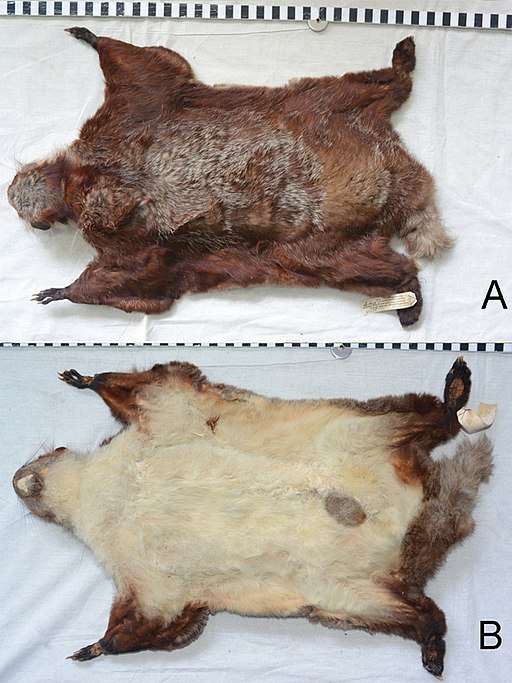Superregnum: Eukaryota
Cladus: Unikonta
Cladus: Opisthokonta
Cladus: Holozoa
Regnum: Animalia
Subregnum: Eumetazoa
Cladus: Bilateria
Cladus: Nephrozoa
Superphylum: Deuterostomia
Phylum: Chordata
Subphylum: Vertebrata
Infraphylum: Gnathostomata
Megaclassis: Osteichthyes
Cladus: Sarcopterygii
Cladus: Rhipidistia
Cladus: Tetrapodomorpha
Cladus: Eotetrapodiformes
Cladus: Elpistostegalia
Superclassis: Tetrapoda
Cladus: Reptiliomorpha
Cladus: Amniota
Cladus: Synapsida
Cladus: Eupelycosauria
Cladus: Sphenacodontia
Cladus: Sphenacodontoidea
Cladus: Therapsida
Cladus: Theriodontia
Subordo: Cynodontia
Infraordo: Eucynodontia
Cladus: Probainognathia
Cladus: Prozostrodontia
Cladus: Mammaliaformes
Classis: Mammalia
Subclassis: Trechnotheria
Infraclassis: Zatheria
Supercohors: Theria
Cohors: Eutheria
Infraclassis: Placentalia
Cladus: Boreoeutheria
Superordo: Euarchontoglires
Ordo: Rodentia
Subordo: Sciuromorpha
Familia: Sciuridae
Subfamilia: Sciurinae
Tribus: Pteromyini
Genus: Biswamoyopterus
Species: Biswamoyopterus biswasi
Name
Biswamoyopterus biswasi Saha, 1981: 333
Holotype: ZSI 20705, adult ♂, skin, skull and baculum, collected by Shyamrup Biswas on 27 April 1981.
Type locality: “Deban, (alt. c. 350 metre), 26 km east of Miao, Namdapha, Tirap District, Arunachal Pradesh, India”.
Etymology: Named after Biswamoy Biswas.
References
Primary references
Saha, S.S. 1981. A new genus and a new species of flying squirrel (Mammalia: Rodentia: Sciuridae) from northeastern India. Bulletin of the Zoological Survey of India 4(3): 331–336. Full article (PDF). Reference page.
Additional references
Mayr, E. 2000. In Memoriam: Biswamoy Biswas, 1923–1994. The Auk 117(4): 1030 PDF
Links
Biswamoyopterus biswasi in Mammal Species of the World.
Wilson, Don E. & Reeder, DeeAnn M. (Editors) 2005. Mammal Species of the World – A Taxonomic and Geographic Reference. Third edition. ISBN 0-8018-8221-4.
Molur, S. 2016. IUCN: Biswamoyopterus biswasi (Critically Endangered) (errata version published in 2017). The IUCN Red List of Threatened Species 2016: e.T2816A115063959. DOI: 10.2305/IUCN.UK.2016-3.RLTS.T2816A22271554.en
Vernacular names
English: Namdapha Flying Squirrel
The Namdapha flying squirrel (Biswamoyopterus biswasi) is an arboreal, nocturnal flying squirrel endemic to Arunachal Pradesh in northeast India, where it is known from a single specimen collected in Namdapha National Park in 1981.[1] No population estimate is available for B. biswasi, but the known habitat is tall Mesua ferrea jungles, often on hill slopes in the catchment area of Dihing River (particularly on the western slope of Patkai range) in northeastern India.[3][4]
It was the sole member in the genus Biswamoyopterus until the description of the Laotian giant flying squirrel (Biswamoyopterus laoensis) in 2013.[5] In 2018, Quan Li from the Kunming Institute of Zoology at the Chinese Academy of Sciences discovered a new squirrel in the same genus while studying specimens in their collection, called the Mount Gaoligong flying squirrel (Biswamoyopterus gaoligongensis), based on the region it was discovered in.[6]
Description
Biswamoyopterus biswasi has reddish, grizzled fur with white above. Its crown is pale grey, its patagium is orangish and its underparts are white.[3][4]
The cheek teeth of B. biswasi are simple, and its incisors are unpigmented. Septae are multiple in auditory bullae and sometimes honeycomb-shaped with 10 to 12 cells in it.[3][4]
It measures 40.5 cm (15.9 in) from head-to-vent and has a 60 cm (24 in) long tail. The hindfoot is 7.8 cm (3.1 in) and the ear is 4.6 cm (1.8 in).[3][4]
The scientific name commemorates Biswamoy Biswas, director of the Zoological Survey of India.[3]
Status
The Namdapha flying squirrel is listed as critically endangered by the IUCN. It is known from a single specimen collected in 1981 in Namdapha National Park. Its range of the Namdapha flying squirrel may be restricted to a single valley and it is threatened by poaching of animals for food from within the park, and possibly by habitat destruction.[1] It is among the 25 "most wanted lost" species that are the focus of Global Wildlife Conservation's "Search for Lost Species" initiative.[7]
There are several later reports of sightings by tourists and local researches, but a review by scientists specialising in flying squirrels found that most—if not all—have been the result of confusion with other, more common species that occur in Namdapha National Park, especially the rather similar candidula red giant flying squirrel (Petaurista petaurista candidula).[8]
References
Molur, S. (2017) [errata version of 2016 assessment]. "Biswamoyopterus biswasi". IUCN Red List of Threatened Species. 2016: e.T2816A115063959. doi:10.2305/IUCN.UK.2016-3.RLTS.T2816A22271554.en.
Thorington, R.W., Jr.; Hoffman, R.S. (2005). "Family Sciuridae". In Wilson, D.E.; Reeder, D.M (eds.). Mammal Species of the World: A Taxonomic and Geographic Reference (3rd ed.). Johns Hopkins University Press. pp. 754–818. ISBN 978-0-8018-8221-0. OCLC 62265494.
Saha, S. S. (1981). "A new genus and a new species of flying squirrel (Mammalia: Rodentia: Sciuridae) from northeastern India" (PDF). Bulletin of the Zoological Survey of India. 4 (3): 331–336.
Saha, S. S. (1985). "Mammalia" (PDF). Records of the Zoological Survey of India. 82 (1–4): 321–330.
Sanamxay, Daosavanh; Douangboubpha, Bounsavane; Bumrungsri, Sara; Xayavong, Sysouphanh; Xayaphet, Vilakhan; Satasook, Chutamas; Bates, Paul J.J. (2013). "Rediscovery of Biswamoyopterus (Mammalia: Rodentia: Sciuridae: Pteromyini) in Asia, with the description of a new species from Lao PDR". Zootaxa. 3686 (4): 471–481. doi:10.11646/zootaxa.3686.4.5. PMID 26473234. S2CID 1381787.
Gutoskey, Ellen (24 July 2019). "Humongous, chihuahua-sized species of flying squirrel has been discovered in China". www.mentalfloss.com. Retrieved 21 September 2022.
"The Search for Lost Species". Global Wildlife Conservation. Retrieved 10 July 2017.
Krishna, C. M.; Kumar, A. (2014). "Why the Red Giant Gliding Squirrel Petaurista petaurista is often mistaken for the Namdapha Gliding Squirrel Biswamoyopterus biswasi (Mammalia: Rodentia: Sciuridae) in Namdapha National Park, Arunachal Pradesh, India". Journal of Threatened Taxa. 6 (8): 6138–6141. doi:10.11609/JoTT.o3727.6138-41.
Retrieved from "http://en.wikipedia.org/"
All text is available under the terms of the GNU Free Documentation License


